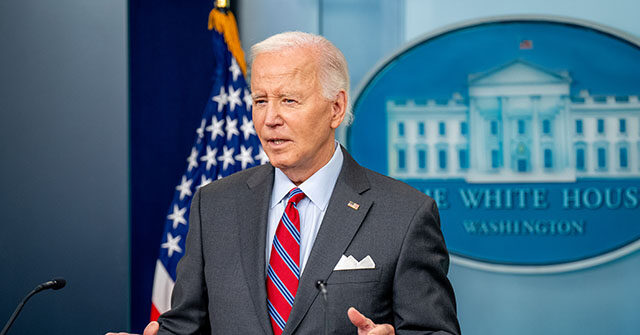President Joe Biden has reportedly issued a stern warning to Iran regarding any potential assassination attempts on former President Donald Trump, signifying that such actions would be viewed as acts of war. This move came in the context of rising tensions between the U.S. and Iran, particularly following previous assassination plots and the 2020 killing of Iranian General Qassem Soleimani by the U.S. These developments suggest a complex international dynamic, wherein the safety of a former president is tied to broader geopolitical relations. The discrepancy in public responses between Biden and Vice President Kamala Harris raises concerns over the coherence of the administration’s stance on Iran, particularly as Harris had earlier described Iran as the “greatest adversary” of the U.S. without directly addressing the specific threats against Trump.
Reports emphasize that Biden’s warning underscores the lengths the U.S. government is undertaking to safeguard Trump from Iranian retaliation. The Biden administration has committed significant resources, amounting to $150 million annually, to protect multiple officials who may be at risk, a response partly triggered by the perceived threats stemming from Iran’s reactions to Soleimani’s assassination. National Security Council spokesperson Sean Savitt articulated this commitment, highlighting that the situation is treated as a high-priority national security matter. The administration has assured that Trump’s security detail is continuously updated with evolving threat assessments, thereby underscoring the seriousness with which these threats are viewed.
While Biden has taken the initiative to clearly communicate the gravity of any potential assassination attempt, the lack of a similar public response from Harris has sparked discussions about her role and the administration’s overall messaging regarding Iran. This lack of alignment may pose challenges for the Democratic administration as it grapples with national security issues while navigating domestic political landscapes. Trump himself criticized the administration’s approach, emphasizing the threat posed to his life and asserting that he would have taken a more aggressive stance against Iran if he were still in power. This reflects a broader narrative in which Trump continues to highlight national security challenges as a key component of his political platform.
In light of Trump’s vocal criticisms, the Biden administration appears caught in attempting to balance robust national defense with diplomatic engagement. Trump has publicly articulated his viewpoint that if he were president, he would threaten severe consequences against Iranian aggression. His recent remarks reiterate his belief that Iran has previously attempted to harm him, accentuating the stakes involved in this international saga. The reference to Tehran’s threats juxtaposed with the presence of Iranian officials within the U.S. further illustrates the precarious diplomatic landscape in which threats and protection intertwine.
The ongoing exchanges between Trump and Biden regarding responses to Iran signify a high-stakes dialogue not just about security, but also about political survival and electoral implications. Trump’s claim of attempting assassinations against him heightens the dramatic narrative surrounding the safety of political leaders. As he positions himself as a candidate for the presidency, his approach to foreign policy and national security will undoubtedly resonate with voters who are concerned about their safety and the United States’ standing on the global stage.
Overall, this situation emphasizes the delicate interplay between domestic politics and foreign relations within the context of U.S.-Iran tensions. Biden’s warning reinforces an administration commitment to protecting American leaders while navigating complex diplomatic waters, and the fallout from these incidents will continue to shape U.S. policy and public discourse moving forward. The discourse surrounding Iran’s threats, Trump’s rhetoric, and Biden’s subsequent actions serves as a reflection of both escalating international tensions and the intricate dynamics of American political strategy in an era defined by divided opinions on national security and foreign policy.

